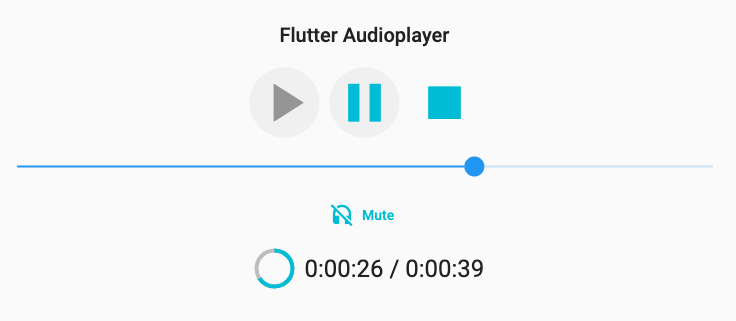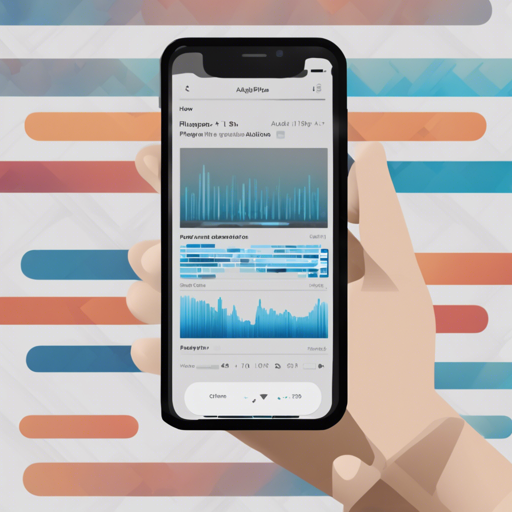Welcome to the world of audio in Flutter! If you’re looking to add music or sound effects to your application, the AudioPlayer plugin is here to help. This guide will walk you through setting up the AudioPlayer for your Flutter app, along with troubleshooting tips to ensure a smooth experience.
Key Features of AudioPlayer
- Compatible with Android, iOS, MacOS, and Web.
- Plays audio from both remote and local sources (local files not applicable for the web).
- Supports functions like play, pause, stop, seek, mute, and callbacks for completion, duration, and current position.

Getting Started with AudioPlayer
To integrate the AudioPlayer into your Flutter application, follow these steps:
- Add the dependency to your
pubspec.yamlfile: - Instantiate an AudioPlayer:
dependencies:
flutter:
sdk: flutter
audioplayer: 0.8.1
audioplayer_web: 0.7.1import 'package:audioplayer/audioplayer.dart';
AudioPlayer audioPlugin = AudioPlayer();Controlling the Player
With your AudioPlayer instance ready, you can start controlling audio playback. Here’s how you can do it:
audioPlayer.play(url);
audioPlayer.pause();
audioPlayer.stop();Monitoring Status and Current Position
The plugin allows you to listen for audio position changes and player state:
Think of the AudioPlayer as a movie director, keeping track of the film’s progress. In this analogy, you, the programmer, are working behind the scenes to ensure that the video plays seamlessly as you monitor changes in the audience’s attention (the current audio position) and the overall film status (playing, paused, stopped).
_positionSubscription = audioPlayer.onAudioPositionChanged.listen(
(p) => setState(() => position = p)
);
_audioPlayerStateSubscription = audioPlayer.onPlayerStateChanged.listen((s) {
if (s == AudioPlayerState.PLAYING) {
setState(() => duration = audioPlayer.duration);
} else if (s == AudioPlayerState.STOPPED) {
onComplete();
setState(() => position = duration);
}
}, onError: (msg) {
setState(() {
playerState = PlayerState.stopped;
duration = new Duration(seconds: 0);
position = new Duration(seconds: 0);
});
});Don’t forget to cancel all subscriptions when the widget is disposed to avoid memory leaks!
Configuration for iOS and MacOS
When developing for iOS, make sure to adjust your App Transport Security settings in the .plist file:
NSAppTransportSecurity
NSAllowsArbitraryLoads
For MacOS, add the necessary permissions in your entitlements file as well:
com.apple.security.network.client
Troubleshooting Common Issues
If you encounter a MissingPluginException, this often means your project hasn’t been built properly. Here are some steps to resolve this:
- Run
flutter build apkfor Android. - Run
flutter build iosfor iOS.
For more insights, updates, or to collaborate on AI development projects, stay connected with fxis.ai.
Conclusion
And there you have it! With the AudioPlayer plugin, you can easily add audio playback functionality to your Flutter applications. Remember, practice makes perfect, so don’t hesitate to experiment with the features provided throughout your project.
At fxis.ai, we believe that such advancements are crucial for the future of AI, as they enable more comprehensive and effective solutions. Our team is continually exploring new methodologies to push the envelope in artificial intelligence, ensuring that our clients benefit from the latest technological innovations.

